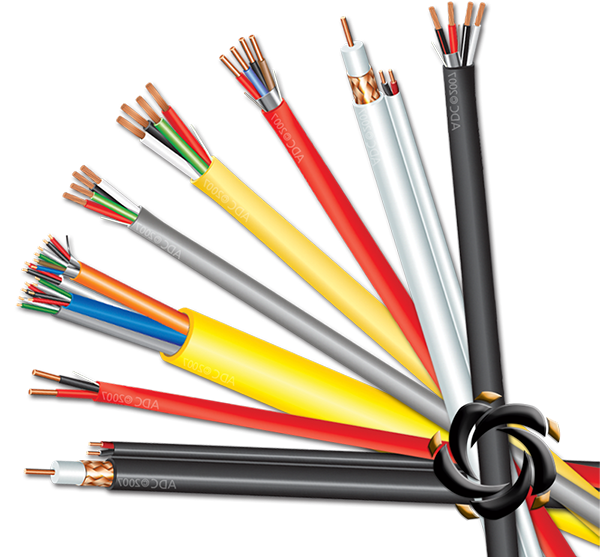The diameter of 50 Ohm Low Loss RF Coaxial Cable plays a significant role in determining how well it fits into different installation spaces. Cables with a larger diameter are more rigid, making them harder to maneuver in confined or constrained environments. For example, when installing cables in tight areas like behind walls, through conduits, or within equipment racks, a larger-diameter cable can create more difficulty as it requires more effort to thread and may need additional tools or supports to hold it in place. In contrast, smaller-diameter cables are much more adaptable and easier to fit into these narrow spaces. Their increased flexibility allows them to bend more easily around corners and obstacles without creating strain or requiring excessive force. In installations where space is limited, smaller diameter and more flexible 50 Ohm Low Loss RF Coaxial Cable become the preferred choice, as it allows for smoother routing and faster setup, reducing the risk of damaging the cable or other components.
Flexibility and bending radius are critical factors when installing 50 Ohm Low Loss RF Coaxial Cable in environments with multiple obstacles, sharp turns, or areas with limited access. The bending radius is the minimum radius around which the cable can be bent without causing damage to its internal structure, such as its shielding or dielectric material. Highly flexible cables tend to have smaller bending radii, meaning they can be more easily routed through tight spaces and corners without exceeding the minimum bend radius and causing signal degradation. In contrast, cables with less flexibility and larger diameters may be more challenging to install because they require larger bending radii, limiting the number of turns or curves they can make. This is particularly important in environments like telecommunications, broadcast systems, and aerospace applications where cables need to navigate complex pathways and avoid sharp bends. The ability of 50 Ohm Low Loss RF Coaxial Cable to bend without losing signal integrity makes it an excellent option for environments where flexibility is paramount for installation efficiency.
For installations that require 50 Ohm Low Loss RF Coaxial Cable to be run over long distances, flexibility significantly affects ease of handling and installation speed. More flexible cables are easier to handle during the installation process, as they are lighter, more adaptable, and simpler to lay out. This is particularly useful for applications where cable runs may stretch across vast distances, such as in telecommunications towers, satellite systems, or large data centers. A flexible cable reduces physical strain on the installer, minimizes the risk of damage during the installation process, and simplifies the overall workflow. In contrast, cables with a larger diameter tend to be heavier and more rigid, which can make them cumbersome to handle and more prone to mechanical stress during installation. Rigid cables are more likely to suffer from physical damage like kinking, which can lead to poor signal transmission or attenuation.
While flexibility is important, a balance must be struck between flexibility and physical durability. Larger diameter cables, while more rigid and harder to bend, tend to offer better protection against environmental hazards, such as crushing, abrasion, or impacts. The added insulation and shielding often found in larger-diameter cables make them more robust in environments where physical stress is common. For example, industrial environments, outdoor installations, or areas where the cable is exposed to high foot traffic or mechanical movement require 50 Ohm Low Loss RF Coaxial Cable that can withstand such challenges. On the other hand, more flexible cables with smaller diameters are prone to physical damage when exposed to the same conditions. This makes them less suitable for areas where the cable could be compressed, stepped on, or exposed to mechanical impact.
















